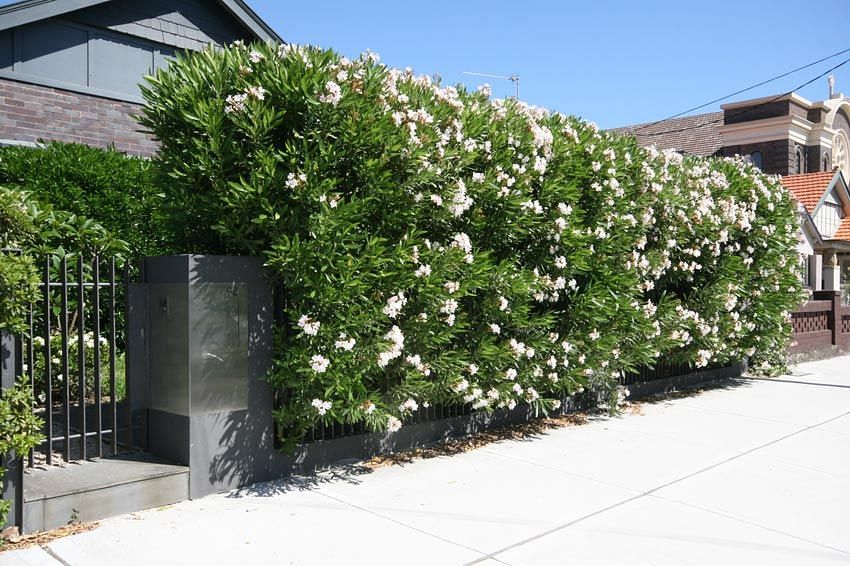Unlike traditional fences made of wood, metal, or plastic, a live fence—composed of shrubs, trees, or other plants—offers a natural and environmentally friendly boundary. These green barriers provide privacy, reduce noise pollution, and improve air quality by acting as natural filters, absorbing pollutants and releasing oxygen.
Enhancing Privacy and Reducing Noise
One of the most significant benefits of a live fence is the privacy it provides. Thick, lush foliage creates a visual barrier that can shield your property from prying eyes, giving you a sense of seclusion and security. In urban areas, where homes are often closely spaced, this added privacy can be particularly valuable.
Additionally, live fences can act as natural sound barriers. The dense foliage and varied plant structures can absorb and deflect sound waves, reducing noise pollution from busy streets or noisy neighbors. This creates a more peaceful and tranquil outdoor environment for you to enjoy.
Promoting Biodiversity and Ecological Balance
Live fences are a boon for local ecosystems. They provide habitats for birds, insects, and small mammals, promoting biodiversity in your area. Birds can nest in the branches, while beneficial insects like bees and butterflies can find food and shelter among the plants. This increased biodiversity can help with pest control and pollination, contributing to the health of your garden and the broader environment.
Seasonal Beauty and Landscape Interest
A live fence offers year-round visual interest. With the changing seasons, the plants in your live fence will display different colors, flowers, and textures, enhancing the beauty of your landscape throughout the year. In spring and summer, blooming flowers and lush greenery create a vibrant, colorful display. In autumn, the foliage can turn stunning shades of red, orange, and yellow, while winter can reveal interesting bark textures and evergreen leaves.
Environmental and Health Benefits
Live fences contribute to better air quality by absorbing carbon dioxide and releasing oxygen. They also filter dust, pollen, and other airborne pollutants, creating a healthier environment around your home. Additionally, the presence of green spaces has been shown to reduce stress and improve mental well-being, making your outdoor area a more pleasant place to relax and unwind.
 Cost-Effective and Sustainable
Cost-Effective and Sustainable
While live fences may require more initial effort in planting and establishing, they can be more cost-effective in the long run. Traditional fences often need regular maintenance, painting, and eventual replacement. In contrast, live fences, once established, require minimal upkeep. Regular pruning and occasional fertilizing can keep them healthy and robust, providing a long-lasting, sustainable boundary for your property.
Windbreak and Erosion Control
Live fences can also serve practical purposes such as acting as windbreaks. They can reduce the impact of strong winds on your garden and home, protecting plants and reducing heating costs in colder months. Additionally, the root systems of live fences help stabilize the soil, reducing erosion and runoff, and promoting better water absorption.
Conclusion
Incorporating a live fence into your landscaping is a thoughtful and impactful way to enhance your property. Whether you are seeking increased privacy, noise reduction, environmental benefits, or simply a more beautiful and dynamic landscape, a live fence offers numerous advantages. It’s a sustainable, cost-effective solution that not only adds value and charm to your home but also contributes positively to the environment and your well-being. Consider planting a live fence to enjoy these multifaceted benefits and create a more inviting and eco-friendly outdoor space.
